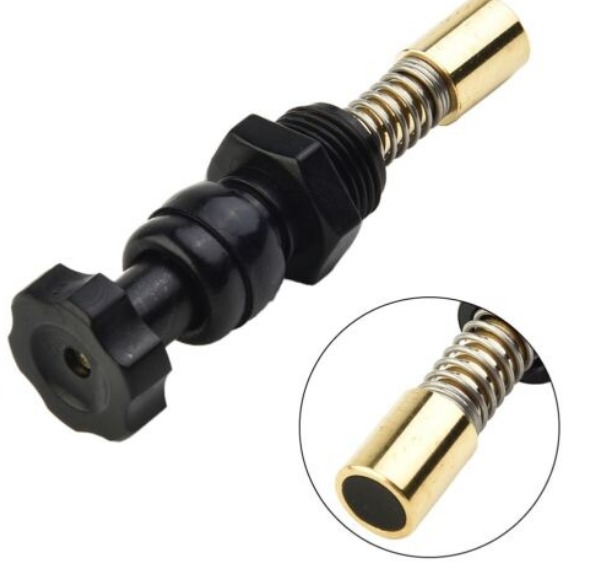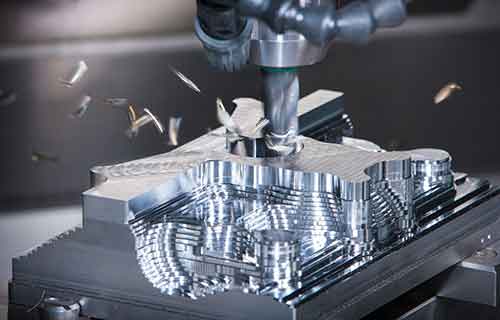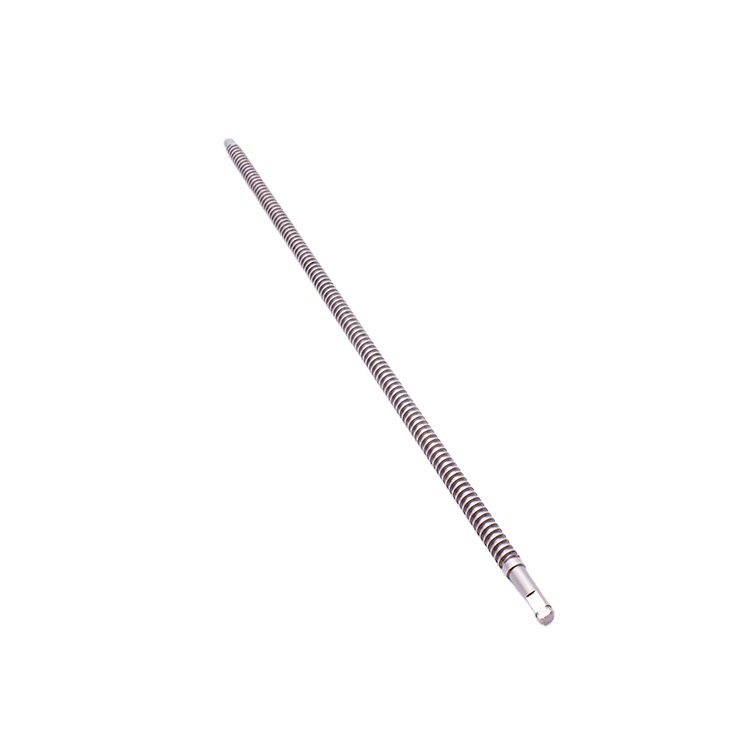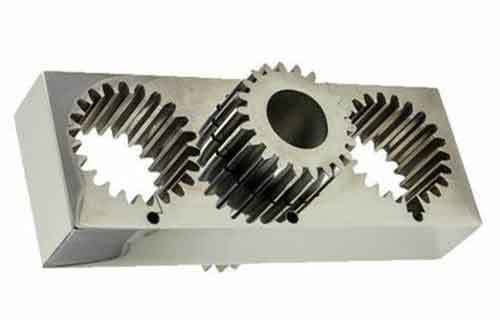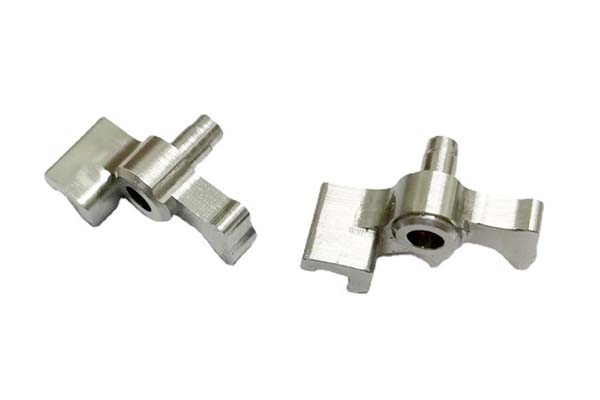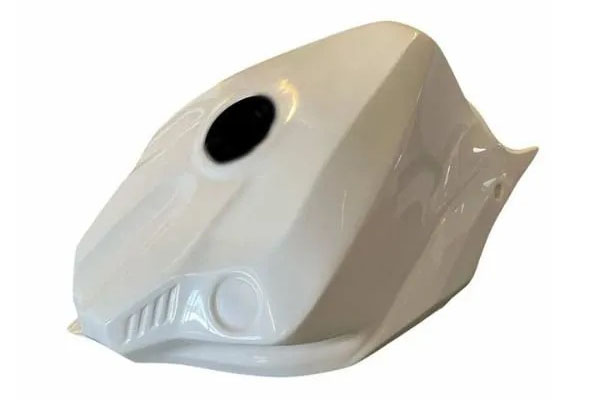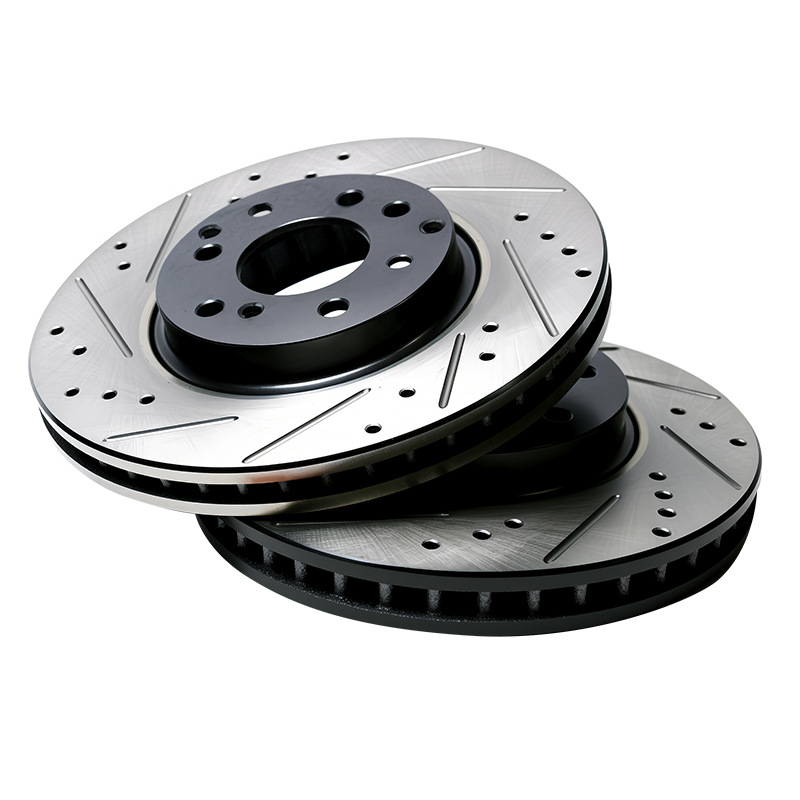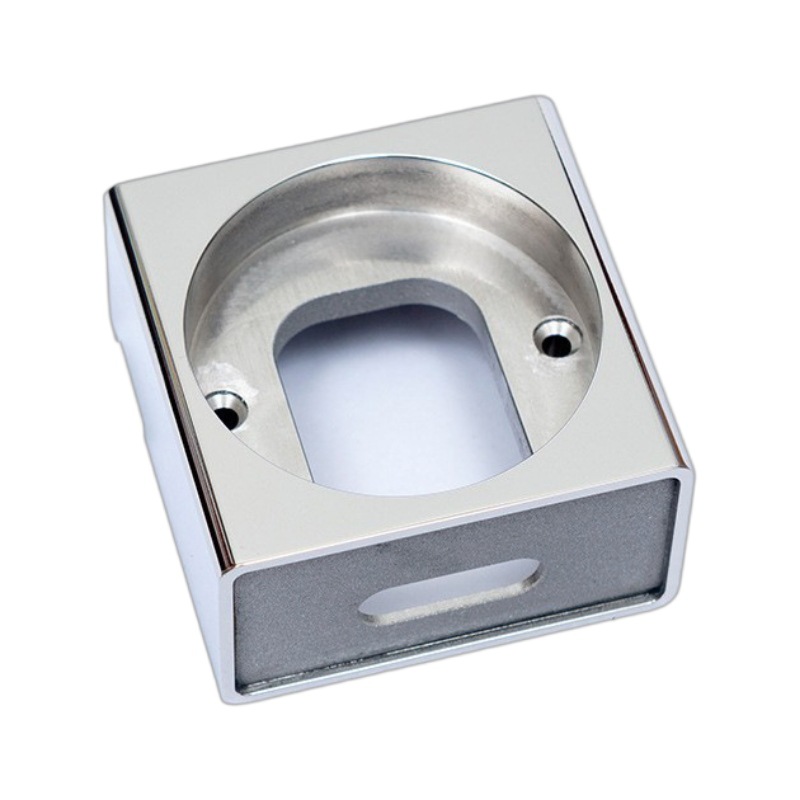Imagine a medical device manufacturer struggling to machine a PEEK implant with a smooth surface finish—only to find that standard tools leave micro-scratches, risking patient safety. Or an aerospace engineer needing a PEEK component that can withstand 250°C temperatures, but the machining process warped the part, making it unusable. These are the unique challenges of PEEK plastic machining. PEEK (Polyether Ether Ketone) is a high-performance polymer prized for its strength and heat resistance, but its properties make it tricky to machine. In this guide, we’ll break down how to successfully machine PEEK, from tool selection to quality control, ensuring your components meet the most demanding standards.
PEEK Plastic Machining Basics: Understanding the Fundamentals
PEEK (Polyether Ether Ketone) is a semi-crystalline thermoplastic known for its exceptional performance, but machining it requires a different approach than standard plastics like nylon or acrylic:
- Machining Process: PEEK machining relies on precision machining techniques to handle its high melting point (343°C) and rigidity. Unlike softer plastics, PEEK doesn’t deform easily under cutting forces, but it generates more heat during machining, which can damage the material if not managed.
- Material Compatibility: PEEK is compatible with most metals and other plastics, but its chemical resistance means it won’t bond with adhesives easily—machined joints must rely on tight tolerances instead.
- Tool Selection: Carbide tools are preferred over high-speed steel (HSS) because they stay sharp longer. A 6-mm carbide end mill, for example, can machine 500+ PEEK parts before needing replacement, compared to 100+ for HSS tools.
- Machining Fundamentals: Feed rates and speeds are critical. Running too fast can generate excess heat; too slow can cause tool chatter. A good starting point is 1,000–3,000 RPM for milling, with feed rates of 50–150 mm/min, depending on part thickness.
A study by the Polymer Machining Institute found that proper tool selection reduces PEEK machining errors by 60%, highlighting the importance of these basics.
PEEK Material Properties: Why It’s Worth the Effort
PEEK’s unique properties make it ideal for high-stress applications, but they also drive machining requirements:
- High-Temperature Resistance: PEEK retains its strength at temperatures up to 250°C (short-term exposure to 300°C), making it perfect for aerospace engine components and industrial ovens.
- Mechanical Strength: With a tensile strength of 90 MPa (similar to aluminum), PEEK can replace metal in lightweight applications. A 10-mm thick PEEK bracket can support 50 kg loads without bending.
- Chemical Resistance: PEEK resists oils, fuels, and most acids, making it suitable for chemical processing equipment and medical devices that contact bodily fluids.
- Biocompatibility: Medical-grade PEEK (ISO 10993 certified) is used in implants like spinal cages and dental abutments, as it doesn’t react with human tissue.
- Low Coefficient of Friction: PEEK’s friction coefficient (0.3) is lower than steel, making it ideal for bearings and gears in machinery where lubrication is difficult.
These properties explain why PEEK is 5–10 times more expensive than standard plastics—but when performance matters, it’s often the only choice.
Machining Techniques for PEEK: Mastering the Process
Successfully machining PEEK requires tailoring techniques to its properties:
- Turning: Used for cylindrical parts like shafts or bushings. A CNC lathe with a carbide insert (30° diamond tip) achieves surface finishes as smooth as Ra 0.8 μm. Keep cutting speeds at 100–200 m/min to avoid heat buildup.
- Milling: Best for flat or complex shapes. Climb milling (feeding against the cutter rotation) reduces tool wear and heat. A 5-axis mill can create intricate PEEK components for medical devices, with tolerances as tight as ±0.01 mm.
- Drilling: Use a carbide drill with a 130° point angle to prevent delamination. Peck drilling (retracting the drill periodically) removes chips and cools the hole, critical for deep holes (more than 3× diameter).
- Coolant Use: Compressed air or water-soluble coolants prevent overheating. Avoid oil-based coolants, as PEEK can absorb them, affecting dimensional stability. A medical parts manufacturer reduced warpage by 40% by using air cooling instead of flood coolant.
- Feed Rates and Speeds: Adjust based on tool size. For a 10-mm end mill, 1,500 RPM and 100 mm/min feed work well. Thinner walls (under 2 mm) require slower speeds (1,000 RPM) to prevent cracking.
A case study: An aerospace supplier optimized their PEEK milling process by reducing speed from 3,000 RPM to 2,000 RPM and increasing coolant pressure, cutting scrap rates from 25% to 5%.
Applications of PEEK Machined Components: Where It Shines
PEEK’s properties make it indispensable across industries:
- Medical Devices: Machined PEEK parts include surgical instrument handles, implantable screws, and MRI-compatible components (PEEK is non-magnetic). A spinal implant manufacturer uses PEEK for its flexibility, reducing patient discomfort.
- Aerospace: PEEK brackets and connectors replace metal in aircraft interiors, reducing weight by 30% while withstanding high cabin temperatures.
- Electronics: Insulators and connectors in high-temperature circuit boards rely on PEEK’s electrical insulation and heat resistance. A 5G equipment maker uses PEEK parts to prevent signal interference.
- Industrial Equipment: PEEK gears and seals in pumps handle corrosive fluids without degrading. A chemical plant reports that PEEK seals last 5× longer than rubber alternatives.
- Food and Beverage: PEEK components in processing machinery resist cleaning chemicals and meet FDA standards for food contact.
Challenges in PEEK Machining: Overcoming the Hurdles
Machining PEEK comes with unique challenges, but they’re manageable with the right approach:
- Tool Wear: PEEK’s abrasiveness wears tools faster than soft plastics. Using coated carbide tools (TiAlN) extends tool life by 50% compared to uncoated tools.
- Heat Generation: Excess heat can melt PEEK (above 343°C) or cause crystallization, weakening the part. Monitoring cutting temperatures with infrared sensors keeps them below 200°C.
- Surface Finish: PEEK can develop “fuzz” or micro-cracks if tools are dull. A sharp carbide tool with a high rake angle (10–15°) produces smoother finishes.
- Dimensional Accuracy: PEEK absorbs moisture (up to 0.5% by weight), causing post-machining expansion. Drying parts at 120°C for 4 hours before machining reduces dimensional variation by 70%.
- Machining Complexity: Thin walls (under 1 mm) or small features (0.5 mm holes) are prone to breaking. Using fixturing with soft jaws (nylon or rubber) reduces clamping stress.
Quality Control in PEEK Machining: Ensuring Performance
Strict quality control is essential for PEEK components, especially in critical applications:
- Inspection Techniques: CMMs verify dimensional tolerances (often ±0.01 mm for medical parts), while optical comparators check surface finish. A laser scanner can detect micro-cracks as small as 0.02 mm.
- Surface Roughness: Medical parts require Ra values under 0.8 μm to prevent bacterial growth. A profilometer ensures finishes meet this standard, with 100% inspection for implant components.
- Non-Destructive Testing: Ultrasonic testing detects internal voids, which can weaken PEEK under load. A aerospace client rejected 3% of parts after finding hidden defects via ultrasound.
- Regulatory Compliance: Medical PEEK parts must meet ISO 13485, while aerospace components follow AS9100. Documentation, including material certificates and inspection reports, is critical for compliance.
Yigu Technology’s Perspective: Expertise in PEEK Machining
At Yigu Technology, we specialize in PEEK plastic machining for demanding industries. Our experience with medical and aerospace components has taught us to prioritize tool selection (carbide with TiAlN coatings) and heat management (air cooling for precision parts). We dry PEEK stock before machining and use CMMs for 100% inspection, ensuring tolerances as tight as ±0.005 mm. Whether you need a complex medical implant or a high-temperature aerospace bracket, our expertise in PEEK machining delivers reliable, high-performance components that meet your most critical requirements.
FAQs
- What’s the best tool material for machining PEEK?
Carbide tools (especially coated with TiAlN) are best, as they resist wear and handle heat better than HSS. For micro-machining, diamond-coated tools produce the smoothest finishes.
- Can PEEK be machined to tight tolerances?
Yes. With proper fixturing and cooling, PEEK can achieve tolerances of ±0.005 mm for small parts. Larger parts (over 100 mm) typically hold ±0.02 mm due to thermal expansion.
- How does moisture affect PEEK machining?
PEEK absorbs moisture, which causes swelling. Drying PEEK at 120°C for 4–6 hours before machining reduces dimensional changes by 70%. Store finished parts in a dry environment to prevent reabsorption.
